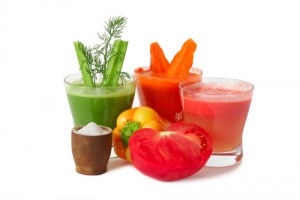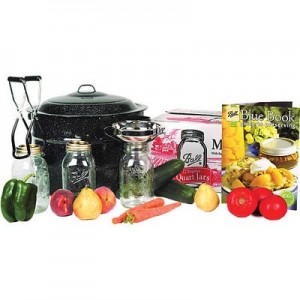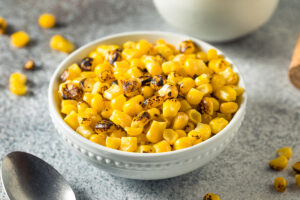 How does your garden grow? If you are harvesting more than you can eat right now, why not put some away to enjoy when the season is past?
How does your garden grow? If you are harvesting more than you can eat right now, why not put some away to enjoy when the season is past?
When freezing vegetables choose fresh produce (for best results 2-3 hours from harvest to freezing.) To prevent freezer burn, use moisture-proof, vapor-proof packaging designed for freezing. Pack blanched vegetables tightly in freezer bags or rigid containers. Squeeze air from bags before sealing. Leave ½ inch space for expansion. For a loose pack, freeze items in a single layer on a cookie sheet until nearly solid. Package at once. Label, seal and freeze – and remember to date all of your packages.
A key to having quality frozen vegetables is to blanch them correctly. Blanch only 1 pound at a time per gallon boiling water. Place them in a wire basket or mesh bag; immerse in boiling water. Cover; start counting blanching time immediately. For zucchini or summer squash, peel; cut in ½ inch slices; blanch 3 minutes. Steam shredded zucchini 1 to 2 minutes or until translucent. Cool promptly and drain. If you have lots of vegetables that you are planning to freeze, call and ask for fact sheet 5333, it will give you all the blanching times for best results or check out ohioline for a complete listing of food preservation fact sheets.
Now, on to the pickles. Select fresh, firm unwaxed cucumbers about 4 inches long. Cucumbers deteriorate rapidly especially at room temperature. For best results, use varieties developed especially for pickling. Use a non-iodized salt, iodine can prevent the bacterial fermentation. Canning or pickling salt can be purchased at most supermarkets. Changing salt proportions or using a reduced sodium salt substitute in fermented products is not recommended because it till not ferment correctly. Use a high grade cider or white distilled vinegar of 4-6 percent acidity. Use fresh, whole spices for best flavor in pickles.
A 1-gallon container is needed for each 5 pounds of fresh vegetables. A 5-gallon stone crock is the ideal size for fermenting about 25 pounds of fresh cucumbers or shredded cabbage. Food grade plastic and glass containers are excellent substitutes for stone crocks and stainless steel containers may also be used. Do not use garbage bags or trash can liners! Make sure the vegetables are kept under the brine, use a plate with a weight on top to keep them submersed. The ideal temperature for fermenting vegetables is 70-75 degrees and will take 3-4 weeks to complete. If pickles become soft, slimy, or develop a disagreeable odor, discard them. Fully fermented pickles may be stored for about 4-6 months, in the refrigerator. Canning pickles is a better way to store them.
Pour the brine into a pan, heat slowly to a boil and simmer 5 minutes. Filter brine through paper coffee filters to reduce cloudiness, if desired. Fill jar with pickles and hot brine, leaving ½ inch headspace. Adust lids and process in a boiling water bath; pints for 10-15 minutes and Quarts 15-20 minutes (higher altitudes use the longer time.)
Ohio State University Extension embraces human diversity and is committed to ensuring that all research and related educational programs are available to clientele on a nondiscriminatory basis without regard to race, color, religion, sex, age, national origin, sexual orientation, gender identity or expression, disability, or veteran status. This statement is in accordance with United States Civil Rights Laws and the USDA.
Keith L. Smith, Ph.D., Associate Vice President for Agricultural Administration and Director, Ohio State University Extension TDD No. 800-589-8292 (Ohio only) or 614-292-1868































